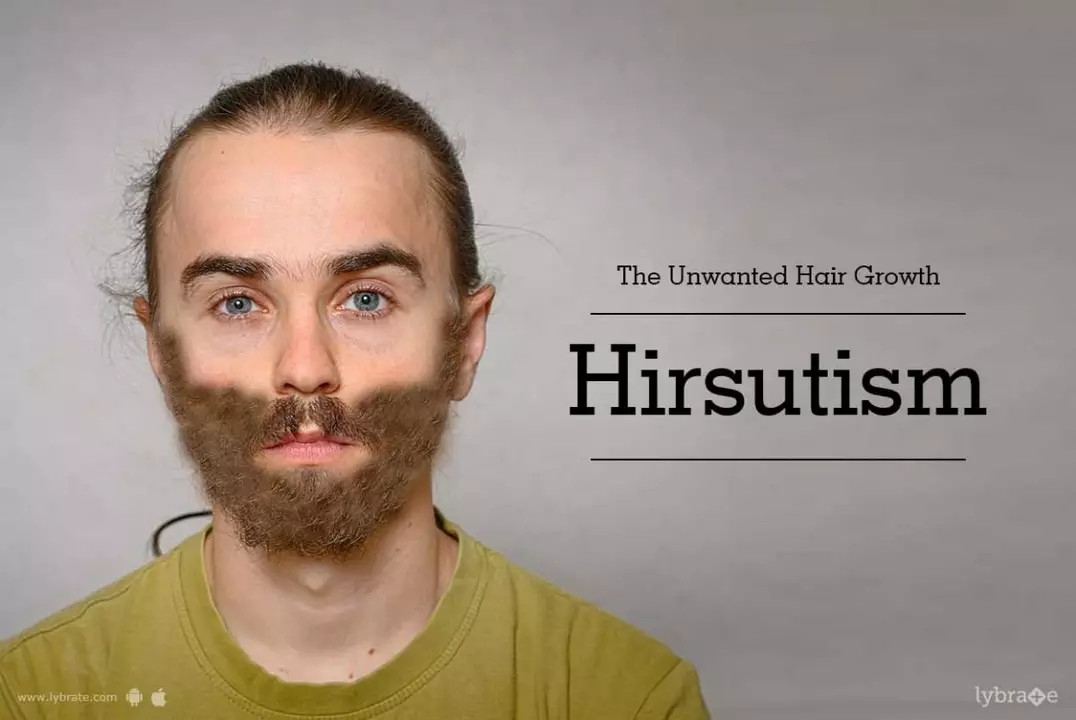Hirsutism: Practical Guide to Causes, Diagnosis, and Treatment
Hirsutism means unwanted male-pattern hair in women—think coarse hair on the chin, chest, or back. It’s common and usually treatable, but the cause matters for choosing the right approach. This page gives clear steps to figure out why it’s happening and what to try next.
What causes hirsutism and how doctors check it
The most common cause is polycystic ovary syndrome (PCOS), where higher androgens (male hormones) make hair thicker. Other causes include certain medications, congenital adrenal hyperplasia, Cushing’s syndrome, and rare tumors that raise androgens. Thyroid problems and obesity can make symptoms worse.
When you see a clinician they’ll ask about how fast the hair appeared, menstrual cycles, and any other symptoms like acne or deepening voice. Basic tests usually include total testosterone, DHEA-S, TSH, and sometimes 17‑hydroxyprogesterone. A pelvic ultrasound might check for polycystic ovaries. Rapid or severe virilization (fast growth, voice change, male-pattern baldness) needs urgent workup to rule out a tumor.
Treatment options you can try and discuss with your doctor
There’s no one-size-fits-all fix. Treatment mixes medical options, hair removal methods, and lifestyle changes.
Medications: Combined oral contraceptives are a first-line option for many because they lower ovarian androgen production. Anti-androgens like spironolactone reduce hair growth but need reliable contraception if you can get pregnant. Topical eflornithine cream slows facial hair growth and can be used with removal methods. Doctors may also consider metformin for women with PCOS to help with insulin resistance—this can improve periods and sometimes hair growth.
Hair removal methods: Laser hair removal gives long-term reduction for darker hair and lighter skin, but needs multiple sessions and maintenance. Electrolysis permanently removes single hairs and works on light or grey hair, but it’s time-consuming. Temporary options include waxing, threading, shaving, and bleaching—use what's practical for you. Avoid frequent plucking if it irritates skin or causes scarring.
Lifestyle: Losing even a modest amount of weight can lower androgen levels in people with PCOS and reduce hair growth. Regular exercise, balanced meals, and cutting refined carbs help with insulin resistance. These changes don’t remove hair overnight but boost how well medicines work.
Practical tips: start with a clear diagnosis, combine treatments for best results (for example, eflornithine plus laser), protect skin after laser with sunscreen, and keep realistic expectations—most treatments reduce growth rather than eliminate it completely. If you’re pregnant or planning pregnancy, tell your provider because some drugs must be stopped.
If the hair appeared quickly, is very heavy, or you have other worrying symptoms, see a doctor fast. For slow or mild cases, a primary care clinician or OB-GYN can often guide testing and treatment. You don’t have to struggle alone—effective options are available and worth discussing with your healthcare team.

